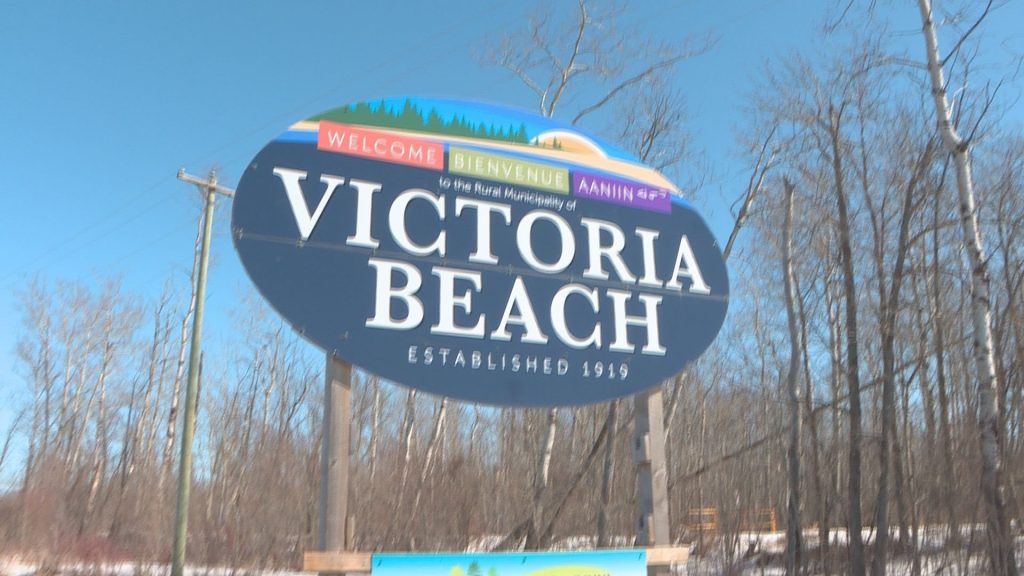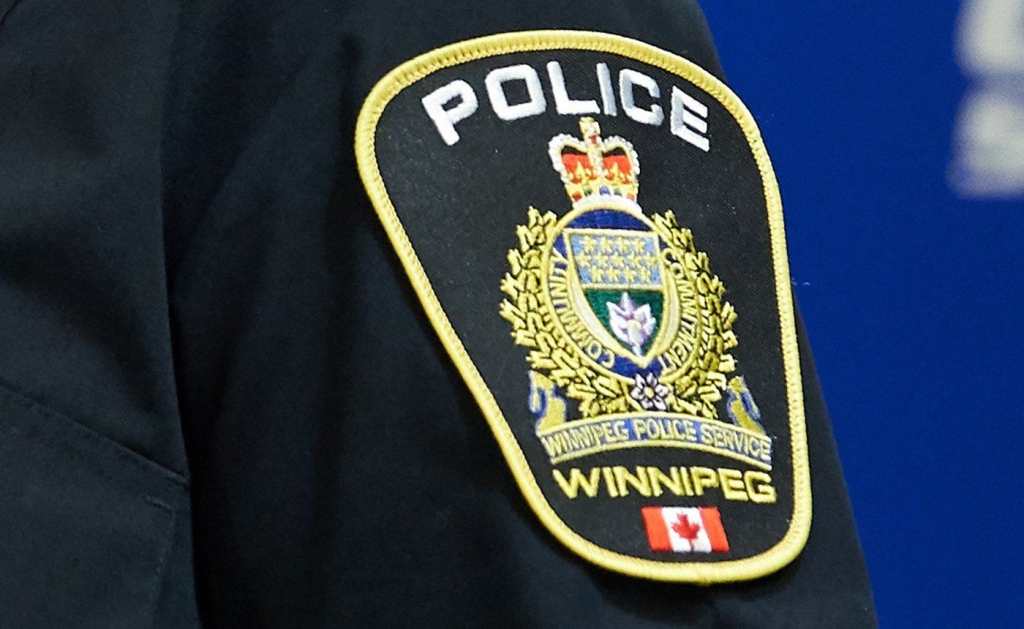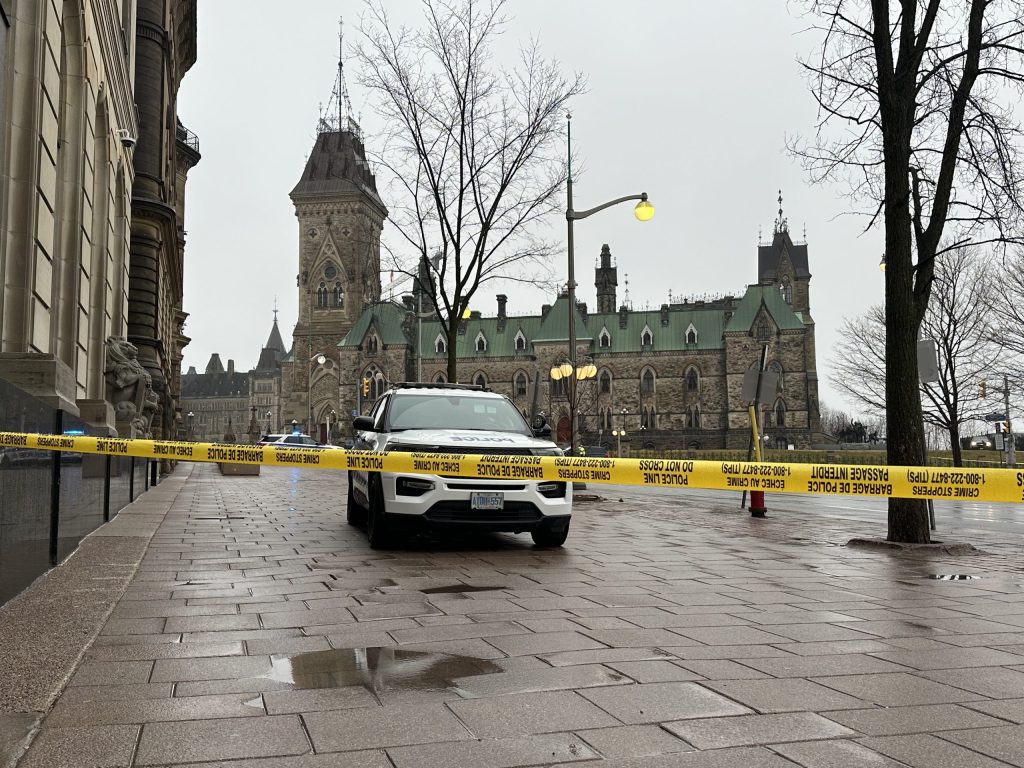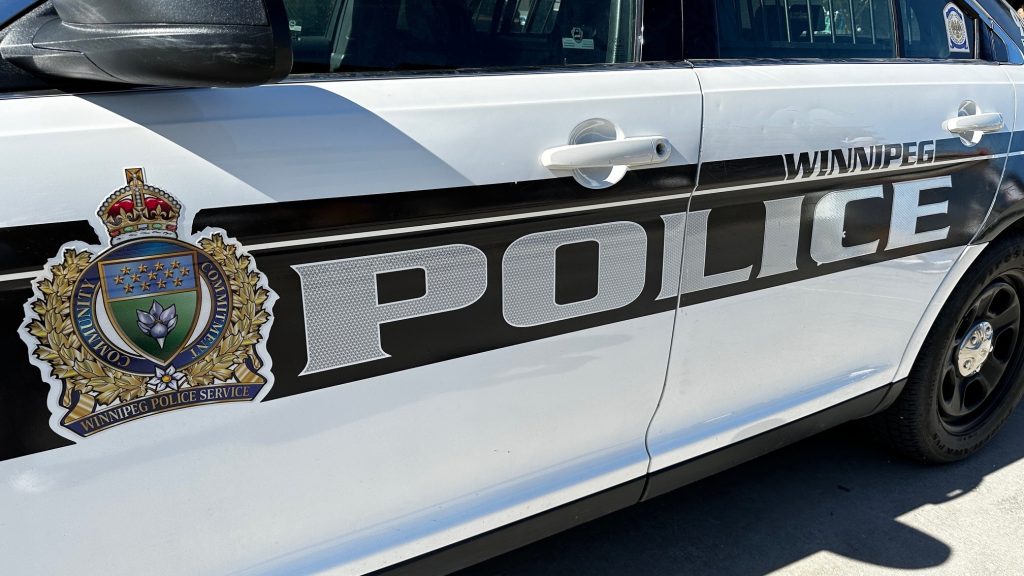Hundreds more unmarked residential school graves, anticipate experts

Posted May 31, 2021 1:07 pm.
Last Updated May 31, 2021 9:48 pm.
CALGARY – It’s hard to know how many other mass unmarked graves exist at former residential schools in Canada, but experts expect there are hundreds more.
Kisha Supernant, the director of the University of Alberta’s Institute of Prairie and Indigenous Archaeology and a Métis descendant of the Papaschase First Nation, says records indicate there are at least another 800, but that’s just what is on record.
“Communities and families and survivors have stories of children who went missing and who died who are likely not in those records so I suspect the number may be much higher,” she said.
“I think every school has a graveyard–and sometimes they have formal cemeteries and we know those from the archival records–but there are other burial spots that are less marked, less known, that we are likely to find.”
She says the Kamloops discovery was shocking, but not surprising–something Indigenous lawyer Pam Palmater echoes.
“You’re talking about hundreds of children who didn’t make it out of that residential school and all the families who are left behind who didn’t know, they don’t have the names, they didn’t know what happened, they didn’t know where they were buried. But they did know–the whole community knew–that there were unmarked graves and that there were many children that didn’t survive those schools and they’ve been saying that for years,” Palmater said.
RELATED:
- ‘We have to acknowledge the truth’: Trudeau horrified by mass grave in Kamloops, promises action
- NDP’s Singh calls on feds for concrete action after remains discovered at residential school
- Advocate calls for framework to investigate mass grave sites in Canada
“What this discovery shows us is that everything they’ve been saying is true and imaging what that means for the hundreds of First Nations across the country who have been saying the same thing.”
Supernant believes if investigations like these continue, we will find more graves just like it over the next few years.
“I can anticipate that if we start to do this work we’re going to find things that most Canadians, non-Indigenous Canadians, might not expect. It’s going to be on a scale that might be very difficult for people. But [Indigenous] communities already know that.”
“There’s lots more,” echoed Palmater.
“You have survivors of residential schools saying, ‘I was forced to bury other kids in the residential schools.’ So, kids burying other kids. Kids going to school and looking out the window and knowing where all of these kids are buried in the background. If you can imagine the nightmare being in these schools and knowing what’s out there.”
Supernant says there are some sites of residential schools in Alberta that have had some work done at them but it’s not as extensive as we saw with the site of the Kamloops school.
She says there’s been some research done at a Red Deer residential school and there was an investigation when bodies of residential school victims washed up during the 2013 floods in Calgary.
Funding, sensitivity needed for more investigations to happen
Supernant worked on investigating a residential school site in Saskatchewan and said the job is difficult for a number of reasons, including the expense and the sensitivity of the investigations.
She says the federal government needs to give funding “in the millions” in order to move forward with investigations like the one in B.C. and to probe more gravesites.
“It’s a pretty substantial undertaking,” she said.
“The care that has to go into it also takes time–to not only do the actual on-the-ground work but to do the work that’s required before and then to follow up after with what the communities might want to have happen next.”
Should more unmarked graves be found, she says the people responsible for residential schools should be held accountable for the death and destruction they caused.
“These are places where children were taken and they died and they never went home.”
Palmater says the federal government spent over a million dollars identifying people who were involved in residential schools and some 5,300 people were named–but nothing has been done.
RELATED:
- Tsuut’ina chief calls for thorough investigation into Kamloops residential school
- UBC honorary degree given to principal of Kamloops residential school under review
- Indigenous families of residential school survivors in B.C. continue to feel pain, trauma
She says Indigenous communities deserve far more than an apology from the people on that list who are still living.
“These people are guilty of crimes of genocide. Canada has already been found guilty of historic and ongoing genocide and both government and church officials need to account for that,” she said.
“In addition, they need to stop refusing to hand over all of their documents. They need to identify all of these mass burial sites and unmarked graves. They need to identify the children that were murdered or died of other causes. Their continued refusal to do that just extends the trauma.”
Palmater says people need to listen to First Nations’ experiences in order to move forward and begin to reconcile some of the atrocities, adding apologies only go so far.
“You need to address the underlying traumas and crimes and to not make the effort to identify all of these mass burial sites is really an injustice.
Supernant believes it will be years until Canada can see more clearly the scope of residential schools.
-with files from Courtney Theriault, Saif Kaisar








